Getting Your Head Around the Eastern Shan State
The Shan State is the largest of Myanmar’s 14 states and regions and covers 155,800 square kilometres, almost a quarter of the country’s land mass. However, despite this, outside of Inle Lake to the southeast of the state, the Shan state is one of the more infrequently visited areas of Myanmar for many tourists. Why? Because much of the state is still at war with the central army in Yangon, that’s why.
Visiting Myanmar? Read my guide on what to expect here.
SHAN STATE
WHERE: North-East Myanmar
WHY: Very much off the tourist trail
TIME: 4-5 nights
UNDERSTAND
The Shan State is located to the north-east of Myanmar. Bordered by China to the north, Laos to the east, and Thailand to the south, the Shan state is a significant location within Myanmar, and one absolutely worth exploring. To visit the Shan State though, one should at least understand a bit about its history. There are four major Shan ethnic groups: Tai Yai, the largest group, known the “Shan proper”; Tai Lu; Tai Khun, who mainly live in eastern Shan State and call themselves “Shan of the earth”; and Tai Nua. The ethnic groups of the Shan State are more closely related to the people of Thailand and Laos than to the Burmese and are thought to have migrated to present-day Myanmar from Yunnan, China, in the 10th century.
Fast-forward a thousand years to 1958, when Myanmar gained independence from Britain. Shortly after gaining independence, the fledgeling central government of Myanmar (located in Yangon) experienced a range of conflicts in the Shan State, most notably when the Chinese Nationalist Army invaded the Shan State in 1950. Despite being repelled by the Burmese Military, these forces maintained a strong presence in the region in the following years. This presence helped fuel an ongoing series of uprisings and rebellions against the central government. However, In 1961, the first president of Burma made a deal with the Shan, giving them greater autonomy from the central government, and the right to secede from Myanmar.
All seemed to be going swimmingly until the famous coup d'etat of 1962, which brought an end to the Burmese experiment with democracy. Aside from turning Myanmar into a hermit kingdom, this also reduced any chance of the Shan having greater autonomy, and prevented them from seceding Myanmar. This, in turn further fuelled the existing insurgencies in the Shan region, especially in the eastern Shan State. To make matters worse, several drug/war-lords emerged during the 1960’s, whom came to set up the Shan State as a major opium-growing area, part of the so-called Golden Triangle.
Narcotics trafficking became a vital source of revenue for all insurgencies. Between the 1960’s and the modern day, the eastern Shan State has remained a hotbed for opium growing, with the ongoing conflict between the Burmese Military and the Shan State Army being mainly fuelled by opium sales. In the late-1980s and 1990s, the military government of Myanmar signed ceasefire agreements with 17 groups in the Shan State. Since then, a sort of truce has ensued, with the Shan State being given some degree of autonomy from the central powers. However, the narcotic trade rages on in Shan state, maintaining Myanmar as the second largest producer of opium after Afghanistan. The warlords remain largely in place, many of whom still control thousand-strong armies of militia, largely via the narcotic trade.
WHY GO?
The Shan State, particularly the eastern Shan State, is beautiful, far from the tourist trail, and distinctly awesome to travel in. In fact, I would go as far as to say it’s my favourite place in all of Myanmar. Despite 17 year olds with AK-47’s lining the roads, and the odd helicopter flying overhead, the eastern Shan State is probably the most ‘adventurous’ experience that you’re likely to find in Myanmar, especially given how tightly controlled every other tourist activity in the country is.
However, the Shan State abounds wth excellent activities, attractions and food. Whether it be hiking between the villages near Kyuakme (read more on that here), exploring the market of Kengtung without a single other tourist in sight, or playing soccer with a group of kids in Hsipaw. These are the experiences that travel is built upon. Whether it be setting in an old mans tea hut, watching him brew a drink that you know has been brewed here for centuries, or tasting the best tea-leaf salad, or being invited to a local carnival day, where the school children do incongruous western-style hip-hop dances and your face is painted in Thanka. This is what the Shan State is about.
WHAT YOU NEED TO KNOW
The political situation in the Shan State is relatively unstable still. Despite having an official ceasefire agreement with the Burmese Government, the eastern Shan State in particular remains very much outside of governmental control. Many military checkpoints exist on a few major roads that cross the mountainous Shan State. Each checkpoint marks the border between a territory (usually a Special District or a city) controlled by a different army. Moreover, opium production remains a large industry for the region, and as such, you will often be surrounded by opium fields as you drive through the region. If this is the kind of thing that stresses you out, you’ve been warned.
Moreover, due to the extended conflict that occurred in the Shan State from the 1960’s onwards, there are a huge amount of land mines dotting the fields and ridge-lines of the region. In fact, a German tourist was unfortunately killed by a landmine when he accidentally rode over it on a motor bike in 2019.
Moreover, English is certainly not the lingua-franca in the eastern Shan State. In fact, very few people in the region speak it, and those that do will often be working in the tourist industry.
You also need to know of the fairly pristine local cultures that exist in the eastern Shan State. While I won’t get overly specific here, many of the hill tribes (Palaung etc) have not had a great deal of contact with westerners, and as such, don’t have a huge culture of begging. Most of the guides in the eastern Shan State also don’t seem to have an eco-tourism background, so may not be aware of the caustic effect that tourism can have upon these cultures. As such, when visiting the village, ensure you speak with the village elder, and only donate medicine and school books. Do not bring sweets, alcohol or other vices.
However, the people of the Shan State, particularly those to the east, are some of the loveliest that I met in our travels through Myanmar. They are far from the often corrupting influence of the tourism industry, often blissfully removed from the conflict that surrounds them, and often very happy for foreigners to visit their towns. They are giving, extremely generous with both their homes, food and time, and very keen to find out where you’re from (just show them a map).
points of interest
Taunggyi: The state capital, Taunggyi, is a thriving market town surrounded by mountains. It is best-known for its spectacular and more than a little bit dangerous balloon festival every November.
Lashio: A fairly large mercantile town that is mostly avoided by tourists. However, is known to have an excellent market, some nice hot springs, and some decent shopping options.
Kyuakme: Kyaukme is surprisingly bustling small town. It is the market town of choice for the surrounding area, and also features a Chinese quarter. Kyuakme is surrounded by Palaung villages that can be reached by employing a Palaung/Shan guide, most of whom offer trekking and/or motorbike tours of the surrounding area.
Kengtung: Kengtung is a small village that also has a decent morning market. Hilltribe trekking can be arranged through guesthouses in the area or through an independent guide.
Hsipaw: Hsipaw has one of the best markets in all of Myanmar, and also has a really large palace complex than can be visited.
Any questions about visiting the eastern Shan State? Ask away in the comments below!


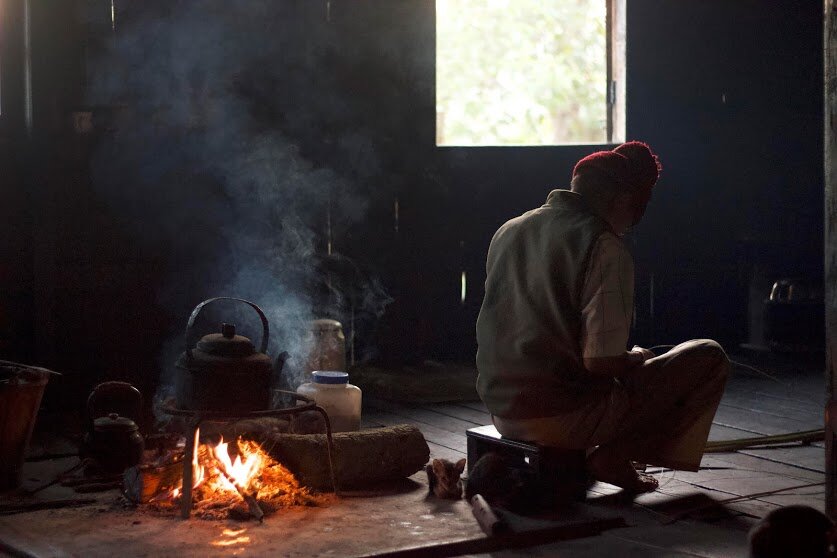
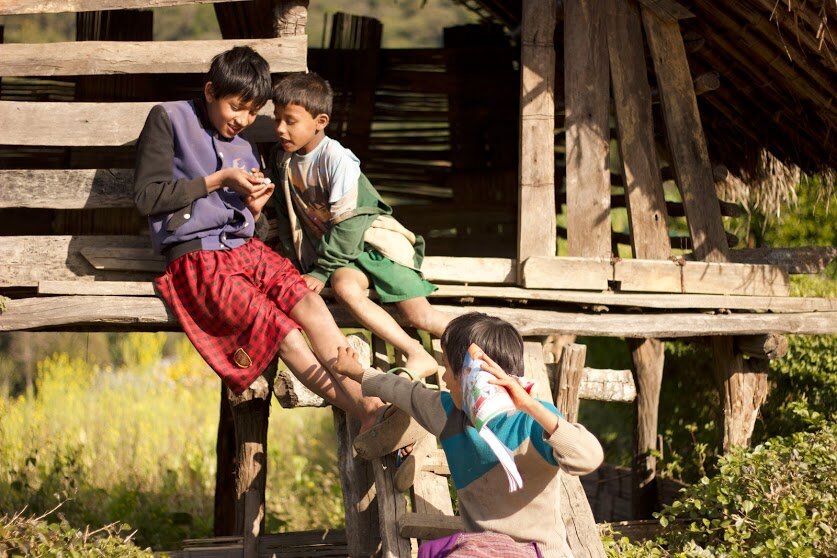
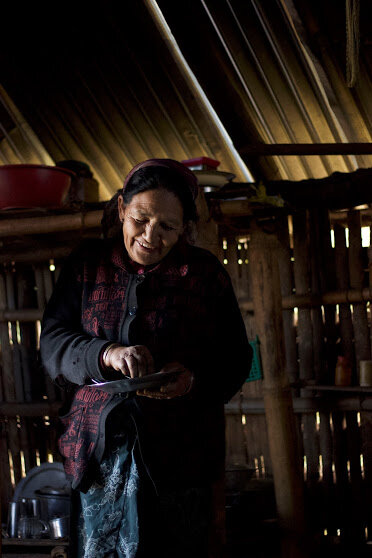
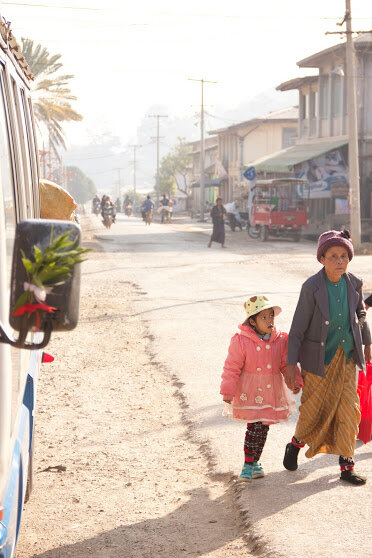
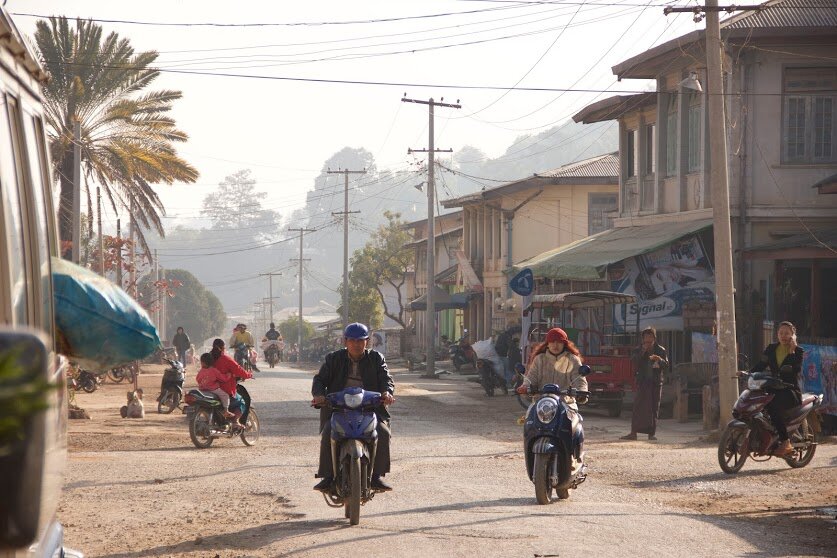
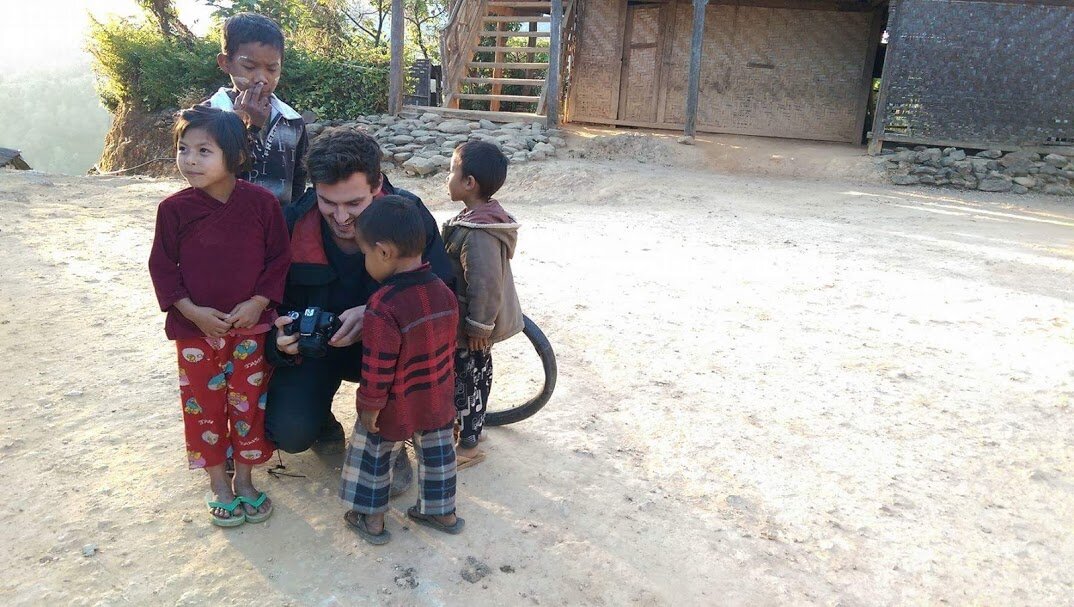

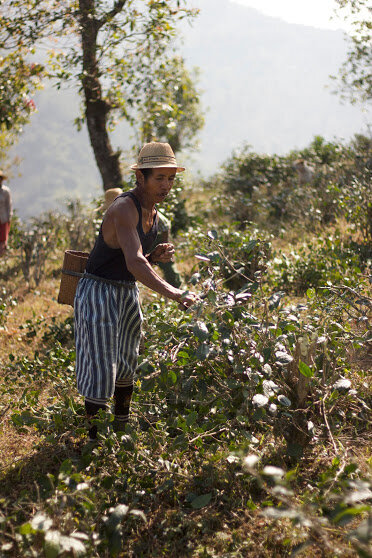
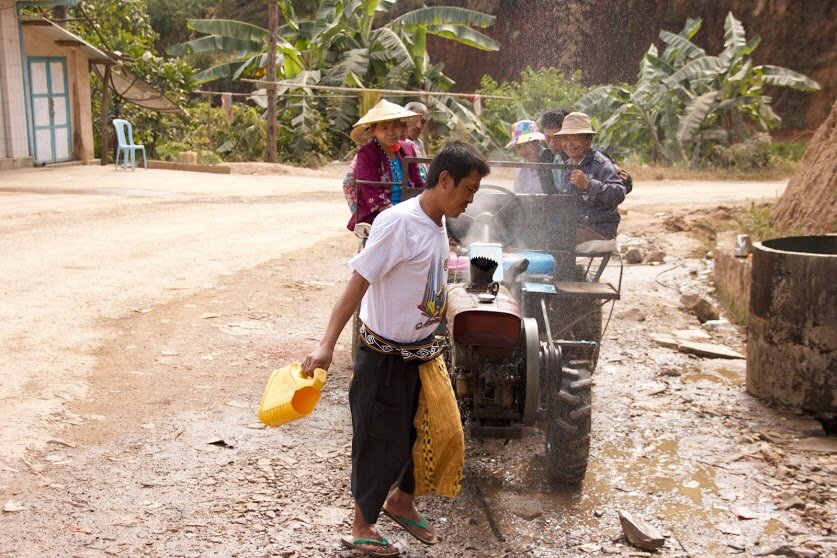










Everything you need to know before visiting Myanmar in one tidy blog post